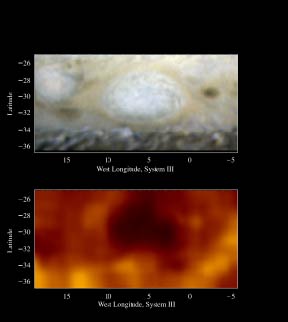This image of Jupiter's white oval, BC, taken by the Hubble Space Telescope, and a corresponding infrared image taken by the Galileo spacecraft. The infrared picture helps to show how what the temperature is like inside the oval.
NASA
The White Ovals of Jupiter
Among the cloud shapes in the atmosphere of Jupiter are
white ovals. White ovals are a collection of white clouds which are grouped together into an oval shape. They are found almost anywhere in the atmosphere of Jupiter. The oval itself can be as long as 9000 km (that is, 3/4 the size of the entire Earth - since the Earth is 12,000 km across!).
White ovals can change their shape, migrate through the atmosphere, come close enough to "bump" each other, and even eventually merge together. White ovals can live for 40 years or more. That means they are much younger than the Great Red Spot, which is at least 400 years old, but much older than any cloud feature found on the Earth.
Although there are other white ovals in Jupiter's atmosphere, there are 3 which are famous. They are famous because they have been around such a long time. They are named FA, DE, and BC. You may ask, "where did the scientists get those awful names?". The names come from the way in which they were born. After such a long time, two of the ovals, BC and DE, recently merged together (1998). What do you think scientists named the newly merged oval: perhaps ABCDEF? Scientists have decided to call it BE.
You might also be interested in:
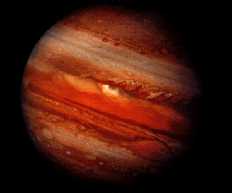
The giant planets have definitely changed since their formation. But how much remains to be seen. Most of the original air of the giant planets remains in place. (The earth-like planets lost most of their
...more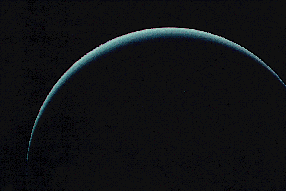
The mesosphere of Jupiter is a region of balance between warming and cooling. That essentially means that nothing happens there. Except for diffusion, the atmosphere is still. Upper reaches of the atmosphere,
...more
As on Earth, the atmosphere of Jupiter consists of a troposphere, stratosphere, mesosphere, and thermosphere. The troposphere is the region where the visible clouds are to be found. The stratosphere, as
...more
The stratosphere of Jupiter is a region of warming as determined by infrared measurements of methane (CH4) in the region. Like the troposphere, the stratosphere is warmed by the sun, warmed by Jupiter's
...more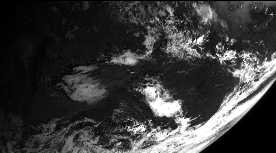
The troposphere of Jupiter is where the clouds are. Clouds form in regions of strong atmospheric motion, when condensation takes place. The troposphere is the region rapidly stirred by vertical motions.
...more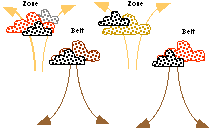
On Jupiter, the winds in the belts and zones blow first in one direction, then in the opposite direction. Wind blows east in a belt, and west in a zone. The clouds rise up in a belt, and drop down in a
...more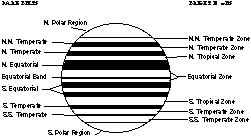
The striped cloud bands on Jupiter are certainly not as straight as they appear to be in this picture! The picture shows that the striped pattern is divided into belts and zones. The belts and zones of
...more
